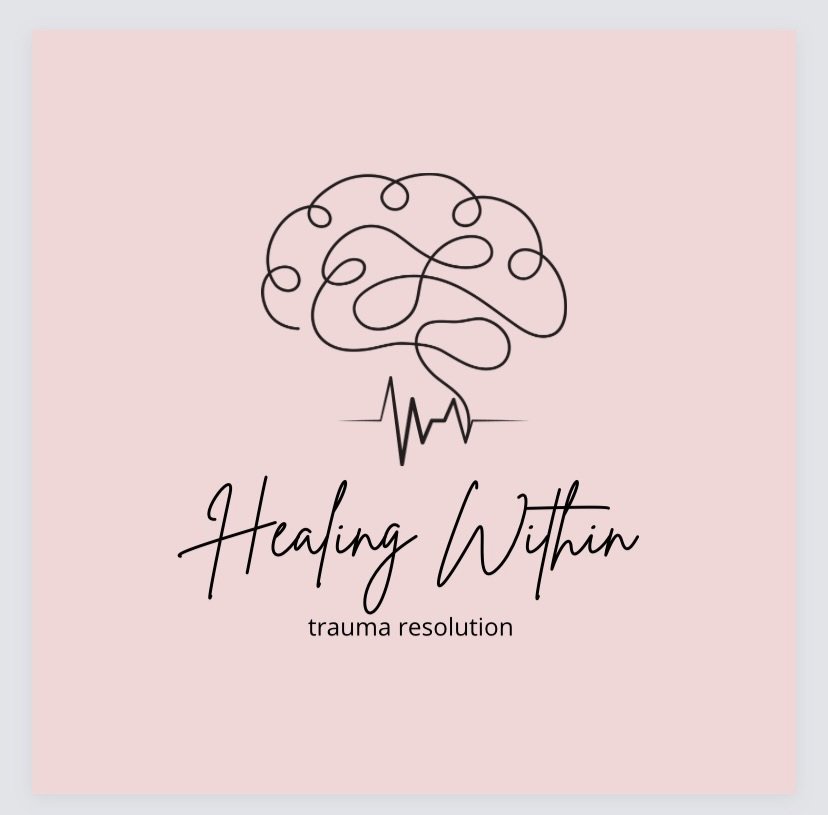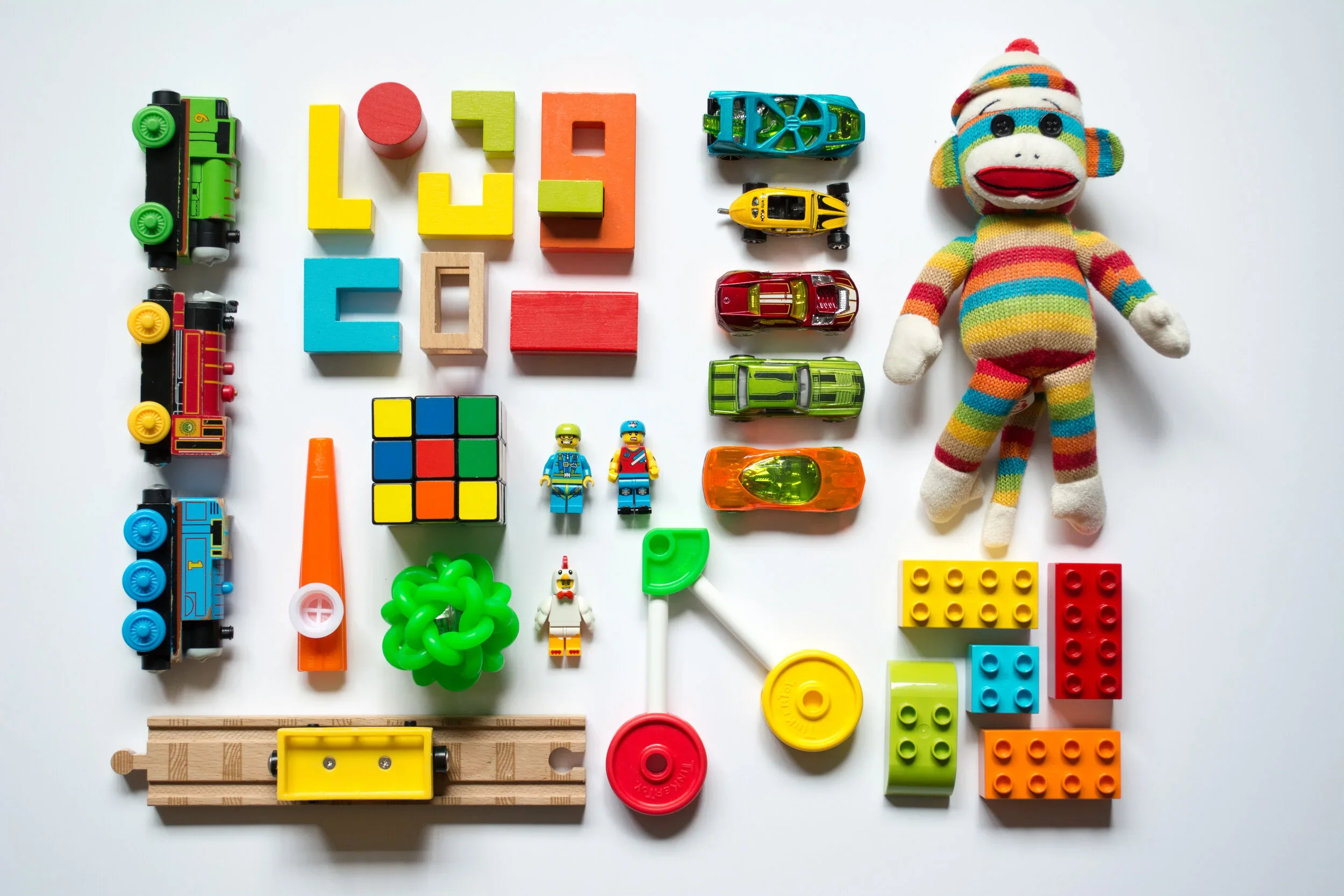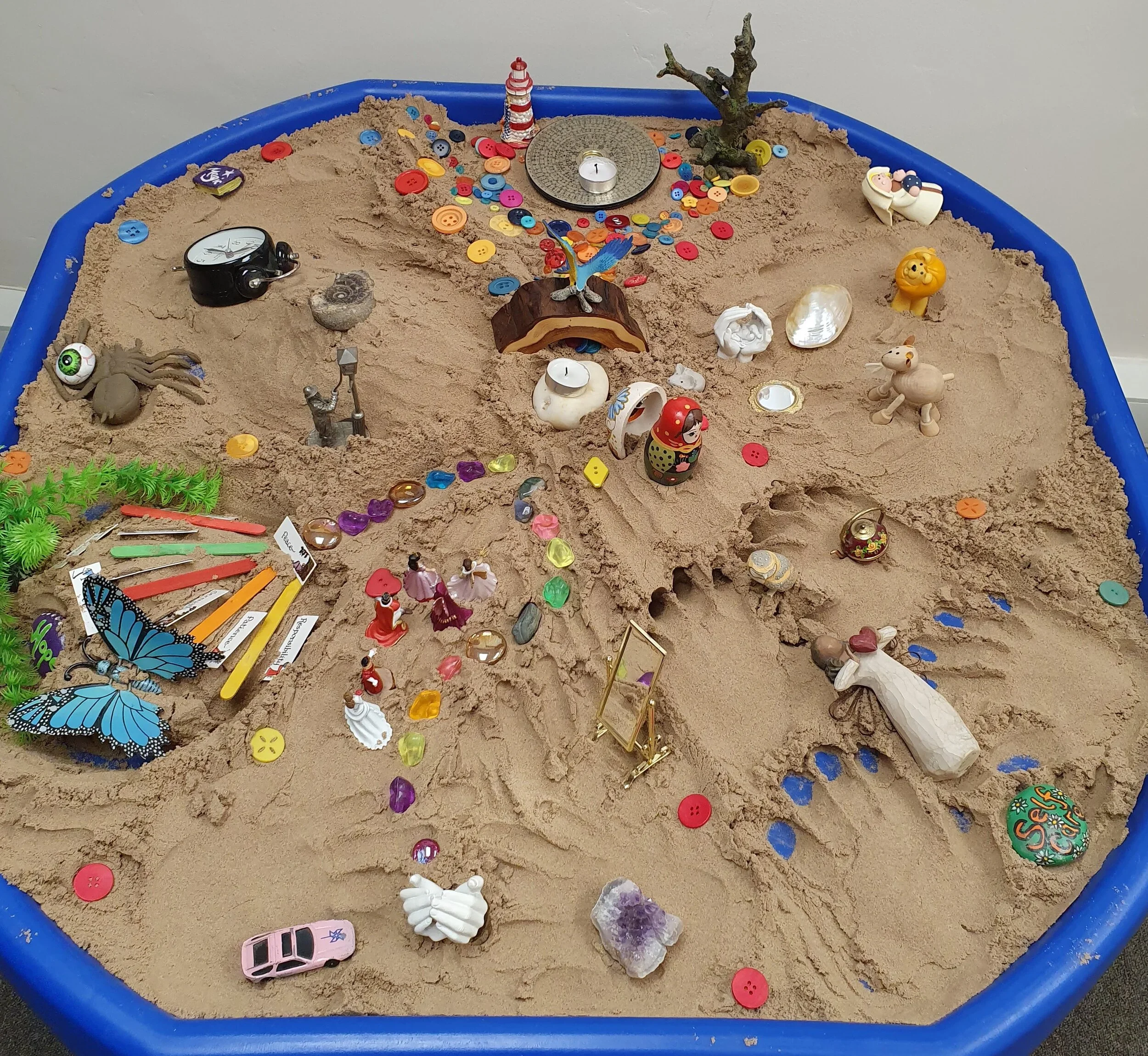Coming soon: Play Therapy with Paige!!!!
Play is fundamental for humans; it allows us to practice skills and roles needed for survival. Play therapy is a structured, theoretically based approach to therapy that builds on the normal communicative and learning processes of children. Therapists strategically utilize play therapy to help children express what is troubling them when they do not have the verbal language to express their thoughts and feelings.
In play therapy, toys are like the child's words and play is the child's language. Through play, therapists may help children learn more adaptive behaviors when there are emotional or social skills deficits. The positive relationship that develops between therapist and child during play therapy sessions can provide a corrective emotional experience necessary for healing and growth.
What is the difference between playing and Play Therapy?
Play Therapy refers to a large number of treatment methods, all applying the therapeutic benefits of play by establishing an interpersonal process wherein trained play therapists use the therapeutic inherent powers of play to help clients prevent or resolve psychosocial difficulties and achieve optimal growth and development. Play therapy differs from regular play in that the therapist helps children to address and resolve their own problems. Play therapy builds on the natural way that children learn about themselves and their relationships in the world around them. Play therapy may also be used to promote cognitive development and provide insight about and resolution of inner conflicts or dysfunctional thinking within a child. Learning and development are actually best fostered through play. With play therapy, children learn to communicate with others, express feelings, modify behavior, develop problem-solving skills, and learn a variety of ways of relating to others. Play provides a safe psychological distance from their problems and allows expression of thoughts and feelings appropriate to their development.
How Does Play Therapy Work?
Often, when children have used up their own problem solving tools they misbehave by acting out at home, with friends, and/or at school. Play therapy allows trained mental health practitioners who specialize in play therapy, to assess and understand children's play. Further, play therapy is utilized to help children cope with difficult emotions and find solutions to problems. By confronting problems in a clinical Play Therapy setting, children find healthier solutions. Play therapy allows children to change the way they think about, feel toward, and resolve their concerns. Even the most troubling problems can be confronted in play therapy and lasting resolutions can be discovered, rehearsed, mastered and adapted into lifelong strategies.
Play therapy helps children:
Become more responsible for behaviors and develop more successful strategies for coping.
Develop new and creative solutions to problems.
Develop respect and acceptance of self and others.
Learn to experience and express emotion.
Cultivate empathy and respect for thoughts and feelings of others.
Learn new social skills and relational skills with family.
Develop self-efficacy and thus a better assuredness about their abilities.
Who Benefits from Play Therapy?
Although everyone benefits, play therapy is especially appropriate for children ages 3 through 12 years old. Teenagers and adults have also benefited from play techniques and recreational processes.
Research supports the effectiveness of play therapy with children experiencing a wide variety of social, emotional, behavioral, and learning problems, including: children whose problems are related to life stressors, such as divorce, death, relocation, hospitalization, chronic illness, assimilate stressful experiences, physical and sexual abuse, domestic violence, and natural disasters utilized as a primary intervention or as an adjunctive therapy for multiple social, emotional, and behavioral disorders including but not limiting: anxiety disorders, obsessive-compulsive disorders, depression, attention deficit hyperactivity, autism spectrum, oppositional defiant and conduct disorders, anger management, crisis and trauma, grief and loss, divorce and family dissolution, academic and social developmental, and physical and learning disabilities.
How Long Does Play Therapy Take?
Each play therapy session varies in length but usually last about 30 to 50 minutes. Sessions are based on the person’s needs and clinical judgement of the play therapist.
Are Family Members Involved in Play Therapy?
Families play an important role in children's healing processes. The interaction between children's problems and their families is always complex. Sometimes children develop problems as a way of signaling that there is something wrong in the family and other times the entire family becomes distressed because the child's problems can be so disruptive. In all cases, children and families heal faster when they work together. The play therapist will make some decisions about how/when/if to involve some or all members of the family in the play therapy. At a minimum, the therapist will want to communicate regularly with the child's caretakers to develop a plan for resolving problems as they are identified and to monitor the progress of the treatment.
The information above was taken from APT and initially crafted by JP Lilly, LCSW, RPT-S, Kevin O'Connor, PhD, RPT-S, and Teri Krull, LCSW, RPT-S and later revised in part by Charles Schaefer, PhD, RPT-S, Garry Landreth, EdD, LPC, RPT-S, and Dale-Elizabeth Pehrsson, EdD, LPC, RPT-S. Linked mental health conditions and concerns and behavioral disorders were drafted by Pehrsson and Karla Carmichael, PhD, LPC, RPT-S respectively. Research citations were compiled by Pehrsson and Oregon State University graduate assistant Mary Aguilera. Updated mental health classifications and reorganization were provided by Edward Franc Hudspeth, PhD, NCC, LPC-S, ACS, RPh, RPT-S. Additioanl information can be found: Moustakas, 1997; Reddy, Files-Hall, & Schaefer, 2005; Kaugars & Russ, 2001; Russ, 2004; Carmichael, 2006; Gil, 1991; Landreth, 2002; Schaefer, 1993; Bratton, Ray, Rhine, & Jones, 2005; LeBlanc & Ritchie, 2001; Lin & Bratton, 2015; Ray, Armstrong, Balkin, & Jayne, 2015; Pedro-Carroll & Reddy, 2005; O'Connor & Schaefer, 1983; Reddy; Axline, 1947.




